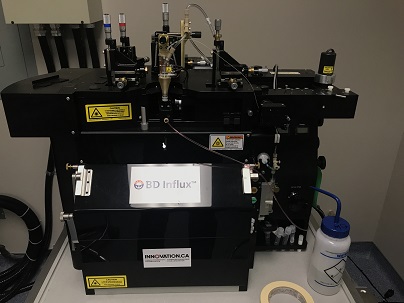 |
BD Influx Cell Sorter Flow Cytometer Our lab uses the BD Influx Fluorescence-activated cell sorter to detect populations of microbes in environmental samples and sort them based on their size and fluorescene. We have successfully sorted live cells and established cultures of bacteria and eukaryotic algae. We can sort onto agar plates and microscope slides, into centrifuge tubes and into culture flasks. ÌýÌý |
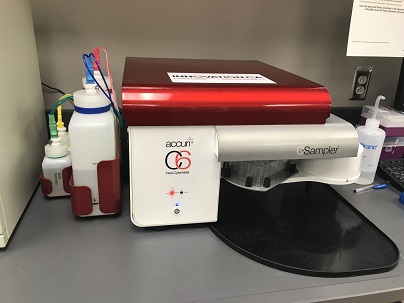 |
BD Accuri C6 Flow Cytometer The BD Accuri is a compact and easy to use flow cytometer that can be operated reliably on an oceanographic research vessel for live measurements at sea. In the lab we use the Accuri for characterizing microbial populations in the Bedford Basin, the Scotian Shelf and other regions of interest. We also use the Accuri for measuring cell counts in algal and bacterial cultures and screening for contaminants in cultures. |
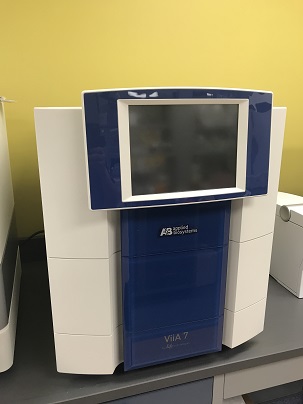 |
AB ViiA 7 Real-Time PCR System Real-time PCR thermalcycler capable of running 96-well, Fast 96-well, and 384-well plates, as well as TaqMan® Array Cards. Applications for this instrument include the quantification of certain taxa in environmental samples, establishing the presence and abundance of nitrogen fixers in cultures and environmental samples, and the expression of genes in cultures. |
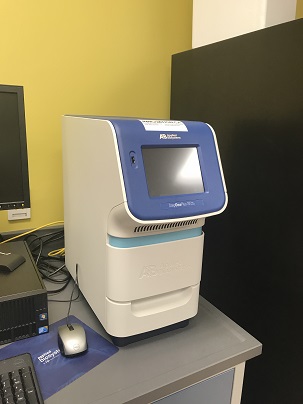 |
StepOnePlus Real-Time PCR System The StepOnePlus is a smaller real-time PCR thermalcycler that is suitable for use in shipboard labs or cargo-labs. |
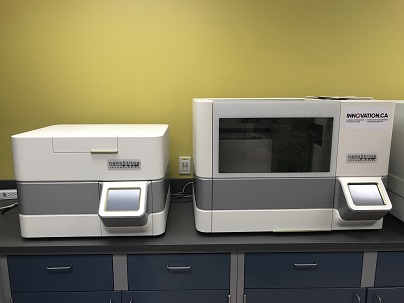 |
NanoStringÌýnCounter Max The nCounter Analysis System utilizes a novel digital color-coded barcode technology that is based on direct multiplexed measurement of gene expression and offers high levels of precision and sensitivity. The technology uses a molecular "barcodes" and single molecule imaging to detect and count hundreds of unique transcripts in a single reaction. In our lab we use the instrument to quantify gene expression in environmental samples of marine microbes and algal cultues under various nutrient limitations. |
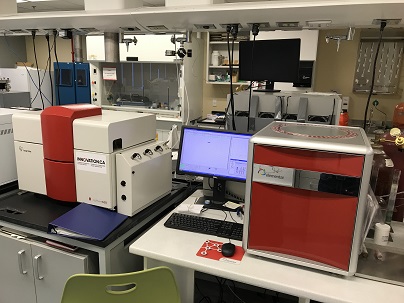 |
Isoprime 100 Isotope Ratio Mass Spectrometer and Vario Micro Elemental Analyzer Filtered seawater samples are packed in tin capsules to obtain 80 ug N. The Vario Micro Cube is configured to run in CN mode and calibrated to obtain quantitative %C and %N. The technique consists of flash combusting samples at 1150ËšC, reducing nitrogen and carbon compounds to N2 and CO2 products and separating the different elements with a temperature programmed desorption trap. These different gaseous components are then carried by ultrapure helium to the Isoprime 100 continuous flow isotope ratio mass spectrometer for d15N and d13C analysis. |
Ìý |
Digital in-line Holographic Microscopy (DIHM)
|
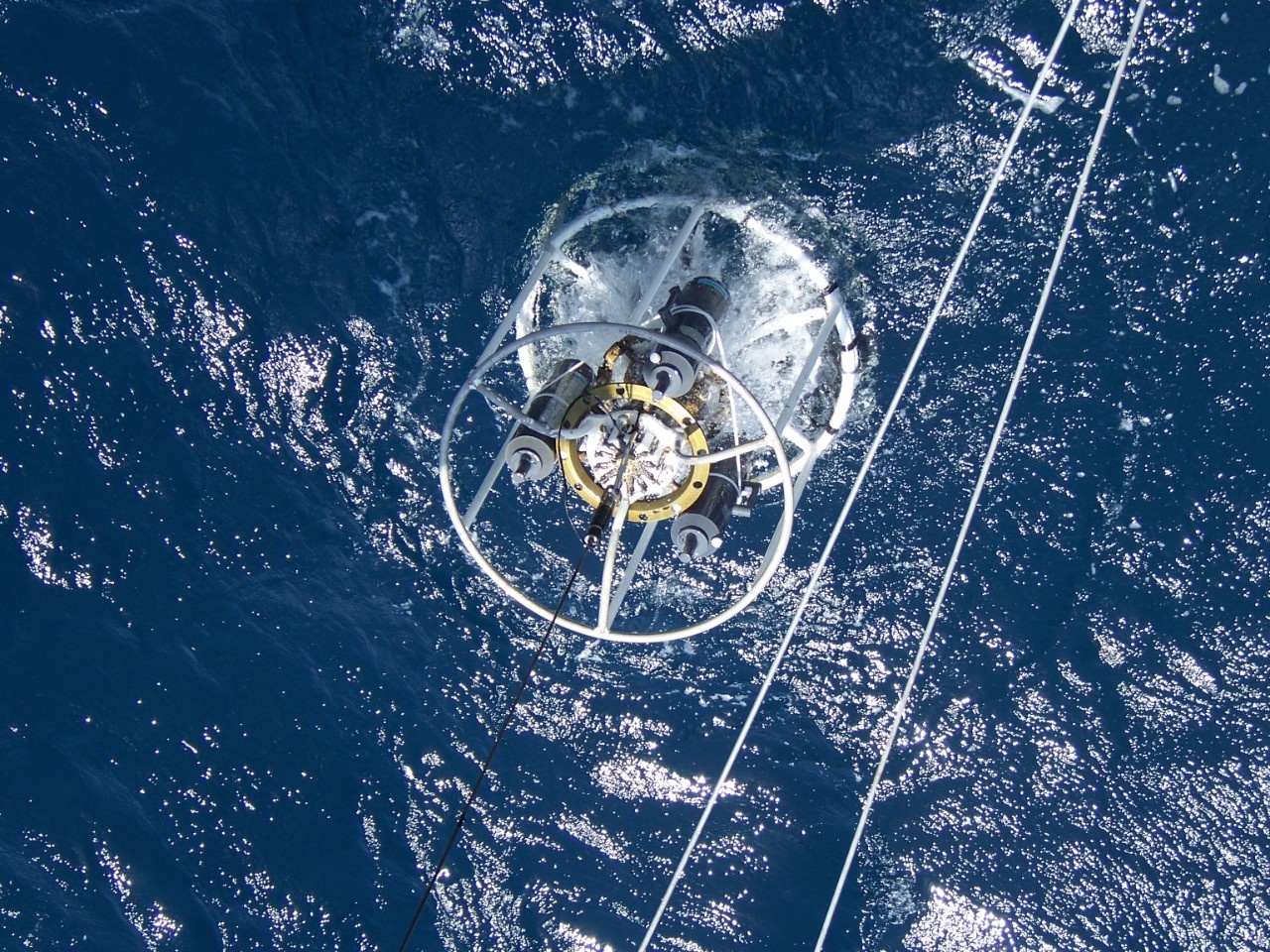
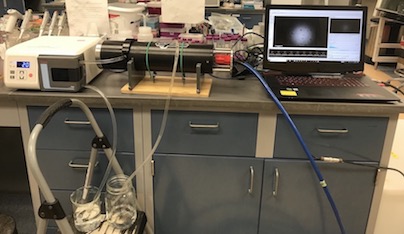
.png.lt_36537a6b24475f2683dd897d8030abfb.res/Coscinodiscus%20sp.%20(BB).png)
.png.lt_ad0df6757fdbac2d5f027019b2d90ec1.res/Coscinodiscus%20wailesii%20(Culture).png)